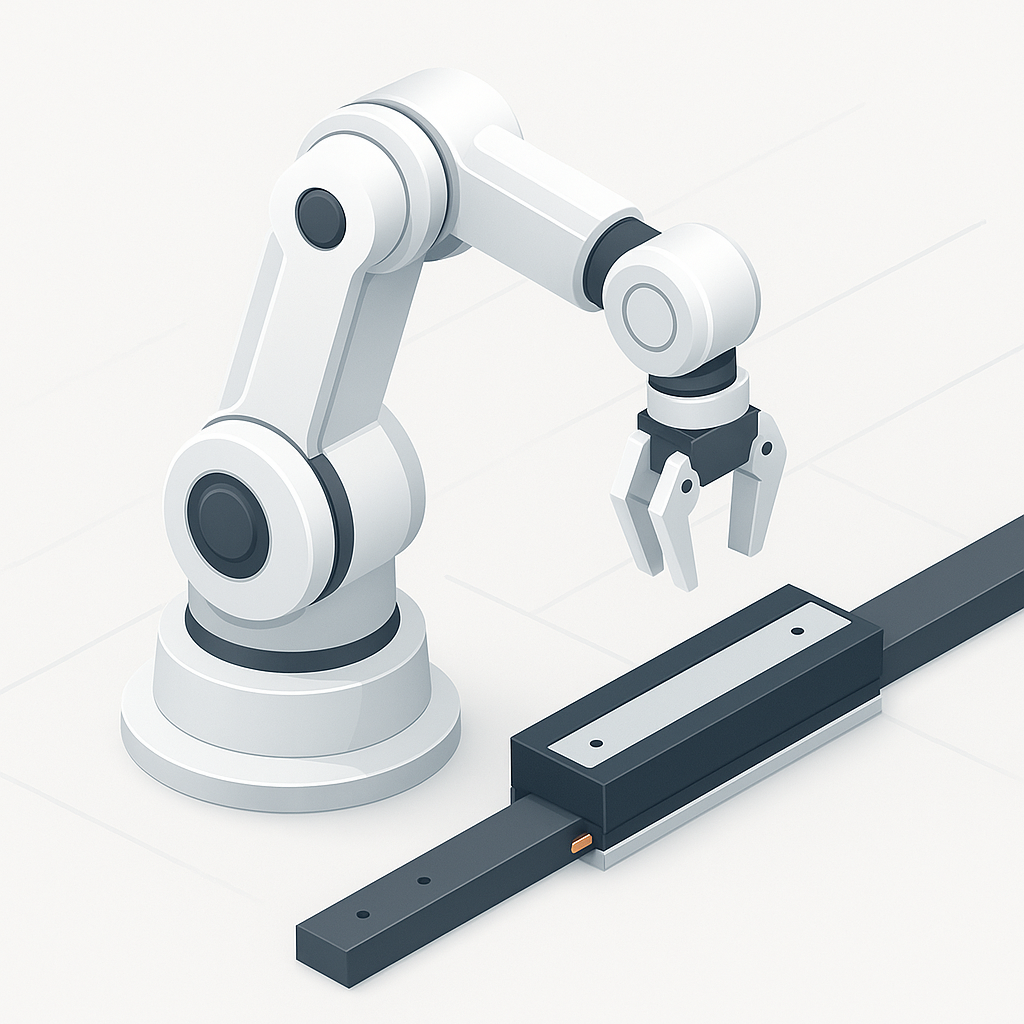How does Linear Motion in Robotics Realize Compact Design and High Precision
Linear motion plays a critical role in the world of robotics, where precision, reliability, and space optimization are essential. From robotic arms on manufacturing lines to compact actuators in medical devices, linear motion systems are the foundation of many cutting-edge innovations.
In this article, we'll explore the meaning of linear motion, its application in robotics, various types of linear motion mechanical devices, and why compact and high-precision design is essential for modern robotics.
What Is the Linear Motion?
Definition: Linear motion refers to the movement of an object along a straight path. Unlike rotary motion (which involves rotation around an axis), linear motion moves components in a straight line — either horizontally, vertically, or at an angle.
This type of motion can be uniform (constant speed) or non-uniform (changing speed), and it is widely used in automation, manufacturing, and especially in robotics linear motion systems where accuracy and repeatability are vital.
Linear Motion Examples in Daily Life
To better understand how linear motion is used, here are some linear motion examples in real life:
Sliding drawers in furniture
Train movement on tracks
Elevators moving vertically
Robotic arms moving a gripper in a straight line
3D printers positioning nozzles with high precision
Each of these represents a form of straight line motion controlled by mechanical or electronic systems.
Linear Motion in Robotics
Compact Design, High Precision
In robotics, linear motion is essential for controlled, repeatable movements. As robots operate in increasingly tighter spaces and perform more delicate tasks, compact design and high precision are more important than ever.
Robotic systems often utilize linear motion mechanical devices to perform tasks such as:
Object manipulation
Laser cutting
Pick and place operations
CNC machining
Medical diagnostics
Modern robotic linear motion parts are smaller, smarter, and capable of nanometer-level precision. Devices like linear actuators, linear encoders, and linear motion guides are essential components of these systems.
Robotic Linear Motion Components
1. Linear Actuators
Linear actuators are the core components that convert energy (electric, pneumatic, or hydraulic) into straight-line motion. In robot arm linear motion systems, actuators extend or retract to move the tool or end effector.
Many robots now incorporate a linear actuator with encoder, allowing closed-loop feedback and precise position control.
2. Linear Motion Guides
A linear motion guide (also known as a linear guideway or linear rail) supports the moving component and ensures smooth motion along a path. It reduces friction and increases accuracy.
In high-load applications, heavy-duty linear motion guides provide robust support.
3. Linear Encoders
Linear encoders are sensors that measure the exact position of the moving part. They come in various forms:
Optical linear encoders
Magnetic linear encoders
Capacitive linear encoders
These encoders enable high-resolution feedback and are critical for robotic linear motion systems requiring sub-micron precision.
Linear Motion Robot Arm Applications
Robotic arms are central to automation in manufacturing, medical surgery, warehouse logistics, and space exploration. Their ability to move precisely in three-dimensional space often relies on linear motion control.
Examples include:
Surgical robotic arms with fine motor control using linear actuators
Welding robots that move in a straight line along a seam
Pick-and-place systems in electronics manufacturing that use linear motion guides to ensure repeatability
Compact Linear Motion: Why It Matters
Compactness in linear motion components matters because:
Robotic systems are getting smaller and more modular
Medical and inspection robots often operate in constrained environments
Space savings leads to energy efficiency and cost reduction
Higher precision in a smaller envelope enables more complex robotic behavior
Compact linear actuators, miniature linear motion guides, and thin-profile encoders are being developed specifically for robotics linear motion systems.
High Precision in Robotic Linear Motion
In fields like microelectronics, laser cutting, and surgical robotics, precision is non-negotiable.
High-precision linear motion systems often incorporate:
High-resolution linear encoders (sub-micron or nanometer range)
Zero-backlash ball screws or belt drives
Closed-loop servo motors
Vibration damping mechanisms
Precision linear motion ensures tasks are repeatable, accurate, and safe, which is vital for robotic linear motion in sensitive environments.
Linear to Rotary Motion Conversion in Robotics
Sometimes, robotic systems require converting linear motion to rotary motion, or vice versa. This conversion is necessary when:
A straight motion needs to spin a part (like a rotating gripper)
A rotary motor needs to drive a linear slide
Mechanisms used include:
Rack and pinion systems
Lead screws and ball screws
Scotch yoke mechanisms
Cam systems
These solutions help robots adapt to various tasks and design constraints.
Robotics Linear Motion System
When designing a robotics linear motion system, engineers must consider:
Load Capacity
How much weight must the system move?Travel Distance
What is the required stroke length?Speed and Acceleration
Does the system need to move fast or precisely?Environment
Is the system exposed to dust, moisture, chemicals, or vacuum?Feedback Requirements
Does it need a linear encoder sensor or absolute encoder?Mounting Configuration
Horizontal, vertical, or side-mounted?Maintenance and Life Cycle
Does the system need to operate 24/7?
Advanced Features in Robotic Linear Motion Devices
Modern robotic applications demand advanced features such as:
Sealed linear encoders for cleanroom or harsh environments
Compact linear slides with built-in feedback and actuation
Absolute linear encoders that retain position after power loss
Smart motion controllers that manage acceleration profiles and safety zones
All of these ensure high performance in applications like medical imaging robots, semiconductor inspection systems, and automated laboratory instruments.
Pick-and-Place Robot
A pick-and-place robot in an electronics assembly line typically features:
Linear motion mechanical devices for X, Y, and Z-axis movement
Magnetic encoder linear strips for position feedback
Compact linear slides for efficient use of space
A robot linear motion system programmed to move to precise coordinates with repeatability < ±10µm
Linearity, Repeatability, and Accuracy
In robotics, three terms are vital:
Linearity: The ability to move straight without deviation
Repeatability: How closely the robot can return to a previously defined point
Accuracy: The difference between the commanded and actual position
High-performance linear motion devices are required to meet these criteria in modern robotics applications.
Future Trends in Robotic Linear Motion
Miniaturization: Smaller robots for surgery, micro-assembly
Integrated systems: Combining actuator, guide, and encoder in a single compact module
AI-driven motion control: Predictive control for smoother motion
Wireless feedback: Reducing wiring complexity
Sustainable materials: Eco-friendly design for green manufacturing
Frequently Asked Questions
Q1.What does the linear motion mean?
Linear motion refers to movement in a straight line. It's a core principle in robotics for precise control and predictable behavior.
Q2.What is a linear motion mechanical device?
These are devices that generate or guide motion in a straight line — such as linear actuators, linear guides, and linear encoders.
Q3.Can you explain linear motion with an example?
A robot arm extending forward to pick up an object is an example of a linear motion. The motion happens in a straight line rather than a curve or circle.
Q4.How does a linear motion control system work?
It includes an actuator to produce motion, a guide to ensure straight movement, a sensor to provide position feedback, and a controller to manage the process.
Conclusion
Linear motion in robotics is the backbone of precise, compact, and intelligent automation. From robotic arms to medical robots, the ability to move accurately in a straight line is essential. Whether you're using optical, magnetic, or capacitive sensors, choosing the right combination of linear motion guides, actuators, and feedback systems defines the success of the robotic application.
As robotics continues to advance, robotics linear motion systems will become more integrated, more compact, and more intelligent — driving innovation across industries from aerospace to healthcare.

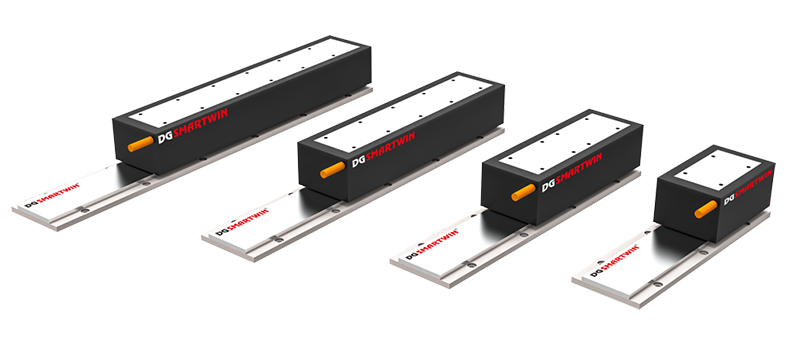
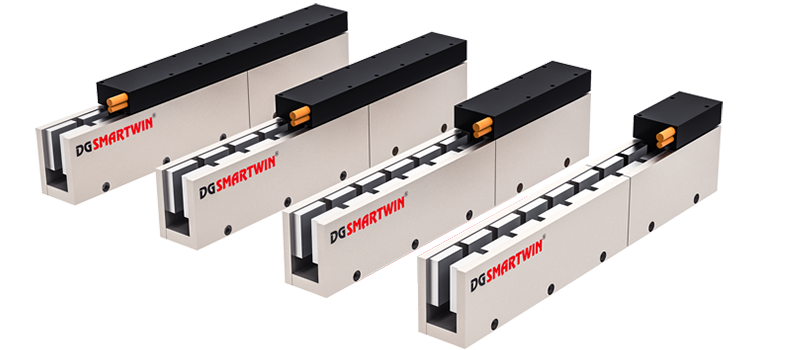
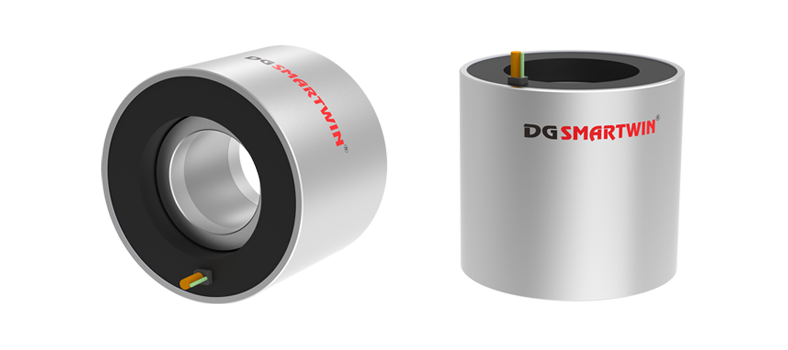
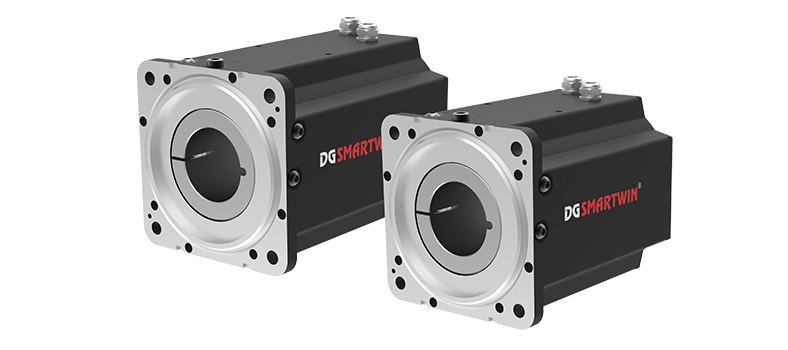
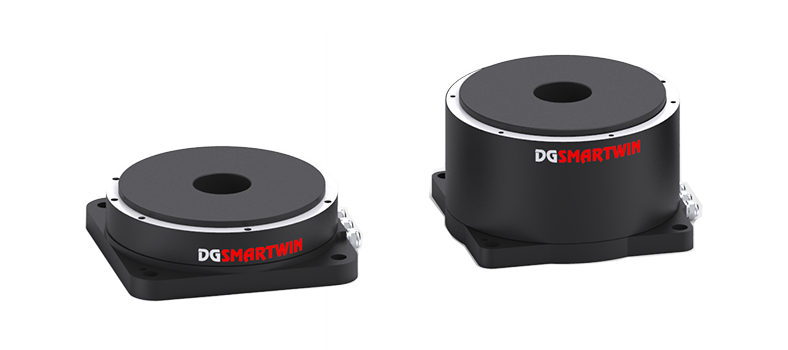
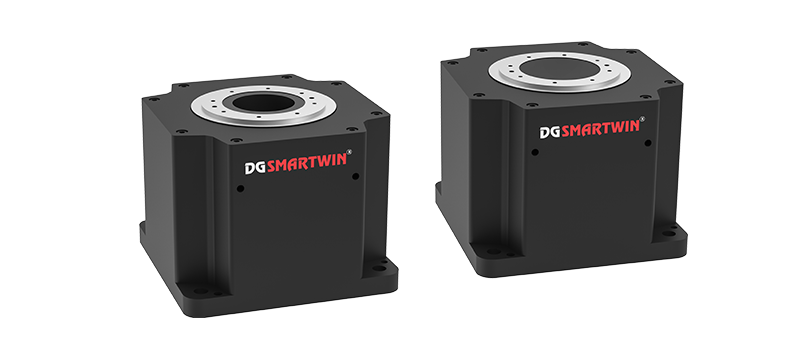
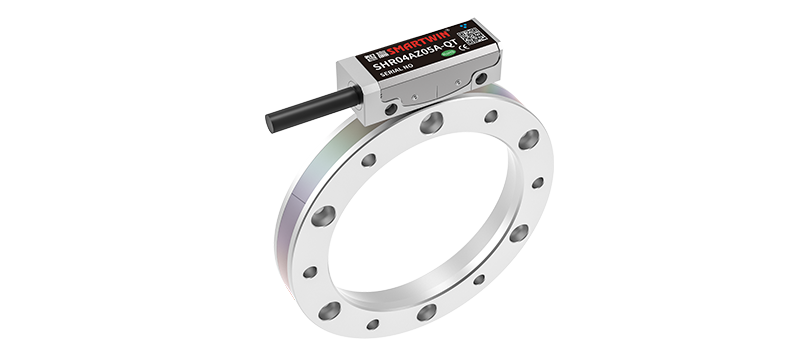
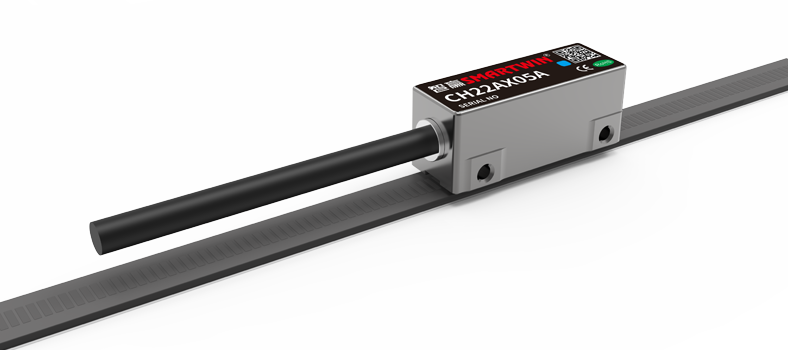








 En
En

